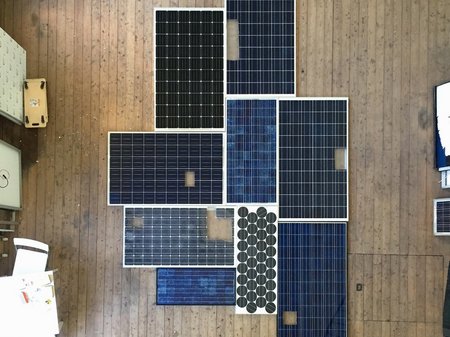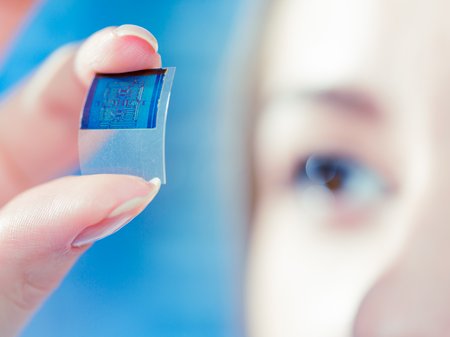At the end of 2019, the European Commission presented “The European Green Deal”, with the aim of transforming the European Union into a modern, resource-efficient and competitive economy. The most important objectives thereby are the reduction to zero net greenhouse gases emissions by 2050 and to ensure economic growth decoupled from resource use. HiEFFICIENT project – a Research and Innovation Action funded by the ECSEL Joint Undertaking – directly addresses these objectives targeted in the “The European Green Deal”, having a focus on sustainable mobility and resource efficiency. By making use of highly reliable and integrated wide-bandgap (WBG) technologies in electronic power circuits and systems of electrified vehicles, testing systems, and charging infrastructures, HiEFFICIENT will directly support the development towards a more resource-efficient and decarbonized transportation system.
In the HiEFFICIENT project, 33 partners from 9 European countries are cooperating in this 3-year project with a total budget of 41 M€. The consortium of this project is an outstanding combination of well-known European industrial companies and research institutes, being located along the whole value chain, starting from semiconductors industry and ending up with OEMs. The project is coordinated by AVL List GmbH and started on May 1st, 2021.
Within HiEFFICIENT the partners will work towards next generation of WBG semiconductors in the area of smart mobility. To boost this development and the market introduction in automotive applications, HiEFFICIENT partners have set ambitious goals to gain higher acceptance and achieve the maximum benefit in using WBG semiconductors:
- Reduction in volume of 40%, by means of integration on all levels (component-, subsystem- and system level),
- Increase efficiency beyond 98%, while reducing losses of up to 50%,
- Increase reliability of WBG power electronic system to ensure a lifetime improvement of up to 20%.
HiEFFICIENT is driven by 10 industrial use cases (UCs). They include, amongst others, modular inverters with different voltage levels (such as 48V and 400V), flexible on- and multi-use off-board chargers for different voltage levels, multi-purpose DC/DC converters and test systems for power electronics’ lifetime testing. These UCs are led by OEMs and other industrial partners, who define requirements and specifications for the envisioned systems. The project work starts at component-level, developing highly integrated GaN and SiC devices, and is followed by multi-objective design optimization and virtual prototyping approaches. The advantages of WBG semiconductors are well-known and have been demonstrated in the recent HiPERFORM (www.HiPERFORM.eu) project, which builds the basis for further developments planned in the HiEFFICIENT (www.HiEFFICIENT.eu). However, to realise the full potential of WBG semiconductor technologies, technical improvements at the component level are also required, as well as further higher levels of integration and modularity of power electronics. High integration means big challenges in thermal management, which will be addressed by the development of advanced cooling concepts. Along with integration comes the possibility to reuse via modularization. This will help to utilize identical modules for different applications, thus reducing cost by high volume production. The serviceability of these future systems also benefits from such a paradigm. Even more value-added functionality, like sensing, will be added to the integrated components to enable self-diagnostic functionality. Thus, HiEFFICIENT will both extend system lifetime and boost user safety.
At the end, all customers and users of these developments will gain significant benefits due to the next generation of power electronics of electrified vehicles, with respect to reliability, higher efficiency and hence extended driving ranges and reduced operation costs. Due to an improved acceptance and demand of electric vehicles, the ecosystem and the jobs in this industry can grow further and strengthen the European position in the global competitive market as well as reducing CO2 emissions towards a more sustainable transport.
For more information, please contact:
Project Coordinator: Dr. Christoph Abart | AVL List GmbH | christoph.abart@avl.com
Acknowledgment:
This project has received funding from the ECSEL Joint Undertaking (JU) under grant agreement No 101007281. The JU receives support from the European Union’s Horizon 2020 research and innovation programme and Austria, Germany, Slovenia, Netherlands, Belgium, Slovakia, France, Italy, and Turkey.




![[Translate to English (US):] A close up of a printed sensor](/fileadmin/_processed_/d/b/csm_SAL_Villach_2021_Helge_Bauer__137__3305b0f6fd.jpg)




